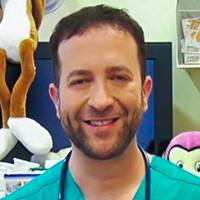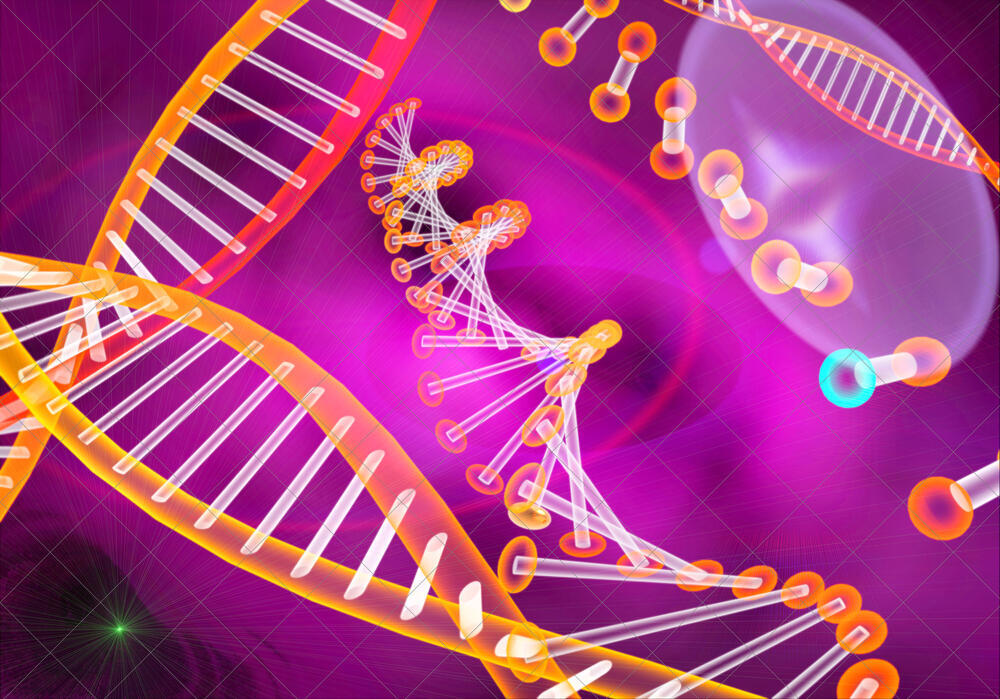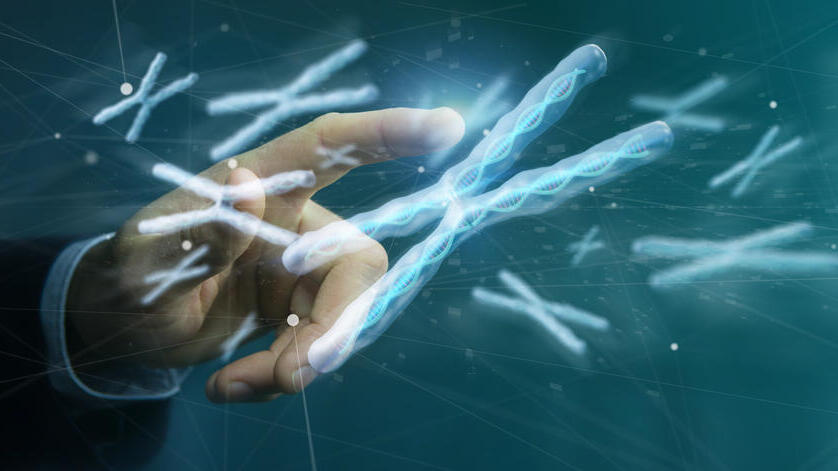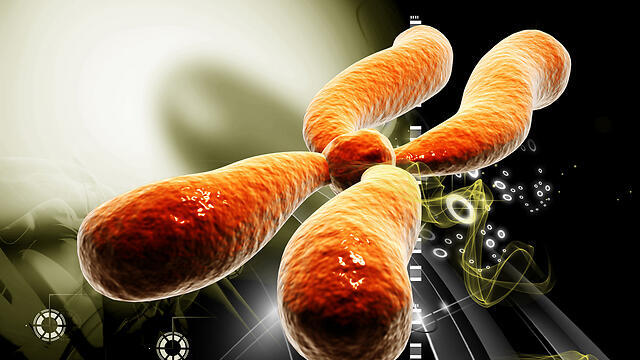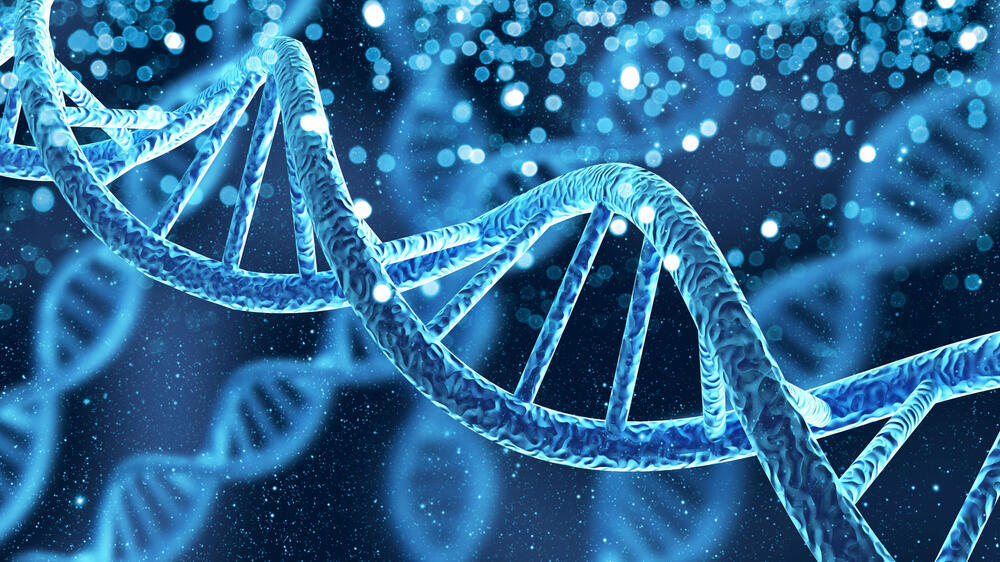American scientists have successfully managed to decode the male Y chromosome, marking a crucial advancement that could pave the way for important discoveries about diseases, fertility issues, and more. The researchers announced this milestone in an article published last week in the Nature Scientific Journal.
More stories:
The Y chromosome is one of the two sex chromosomes, alongside the X chromosome. It is passed from father to son and is the last of the chromosome pairs present in our bodies. Each person has a pair of sex chromosomes in every cell. Females have a pair of X chromosomes, while males have the XY pair. Abnormal combinations of chromosomes, due to birth defects, result in unique genetic variations.
The Y chromosome’s genes are responsible for crucial functions, including sperm production, and they’re also involved in the risk of developing cancer and in its severity. Over the years, the Y chromosome has proven challenging to study due to its intricate structure, and until a few years ago, more than half of its genes remained unidentified.
In 2020, the complete X chromosome sequence was published. However, so far, efforts to sequence the Y chromosome have faced significant gaps in knowledge. The complexity of unraveling the structure of the male chromosome has led to limited research on diseases in humans.
"The Y chromosome is the smallest and the fastest-evolving chromosome in the human genome, and also the most repetitive, meaning that its DNA contains stretches of DNA repeated many times over," explained Monika Cechova, a geneticist specializing in genomics from the University of California’s UCSC Genomics Institute.
"Many of these genes are important for fertility and reproduction, and especially spermatogenesis, so being able to catalog normal variation as well the situations when, for example, azoospermia (an absence of sperm in semen) occurs, could be helpful for IVF (in vitro fertilization) clinics as well as further research into activity of these genes," she added.
The research was led by Monika Cechova, along with Karen Miga, an assistant professor of bio-molecular engineering from the T2T collaborative research group, and Arang Rhie, a member of the Institute for Human Genomic Research in the United States.
Since 2003, when the complete human genome was first revealed, excluding parts of the Y chromosome, scientists have continued to strive to expand our understanding of human genetics.
Back in May, an updated map of the human genome was published, now encompassing a more diverse range of individuals across the globe and providing a more accurate reflection of the world's population, which amounts to approximately eight billion people.
The Human Genome Project began in 1990, initiated by the U.S. Department of Energy and the National Institutes of Health in the United States. In 2001, a draft of the genome was published, and after five years, the final version was completed, featuring Chromosome Number 1, the last of the 23 pairs of chromosomes found in every cell.
The "Book of Life," or by its scientific name, the Human Genome Project - marked the beginning of a growing wave of personalized medicine approaches. These aim to examine genetic changes and predispositions within body cells, thereby tailoring personalized treatments. Genome mapping also enables the development of tests for faster disease diagnosis, even before birth.
One of the surprising outcomes of the project was the discovery of a lower number of genes in the human genome than initially expected. While estimates previously suggested around 80,000 to 100,000 genes, containing approximately three billion pairs of nucleotides (encodings on DNA), it was found the human genome contains only 20,000 to 25,000 genes, close to that of a worm's genome.
"Not long ago, we finished mapping the entire human genome, and the completion of the Y chromosome fills in the missing pieces," explained Prof. Idit Maya, Director of the Neuropsychiatric Genetic Services and Director at the Rabin Medical Center.
"Understanding the sequence, which we thought we had completed 20 years ago, allows us first and foremost to understand what’s considered normal. This will enable us to find causes for diseases and protect ourselves against their symptoms or risk factors.”
 Prof. Idit MayaPhoto: Rabin Medical Center
Prof. Idit MayaPhoto: Rabin Medical Center“We know that there’s no universal genetic sequence, as each of us differs from one another by 0.01%. But changing just 10,000 DNA sequences out of the six billion we have is enough to make a significant difference and cause a defect or disease,” she added.
"The discovery of Y chromosome sequencing may not only enable us to understand the entire human genome but also to help many couples who struggle with conception due to infertility, miscarriages, and silent births. Until now, we have blamed the environment, our diet, and diseases for infertility, and now, with the help of the new sequence, we may be able to find solutions.”


